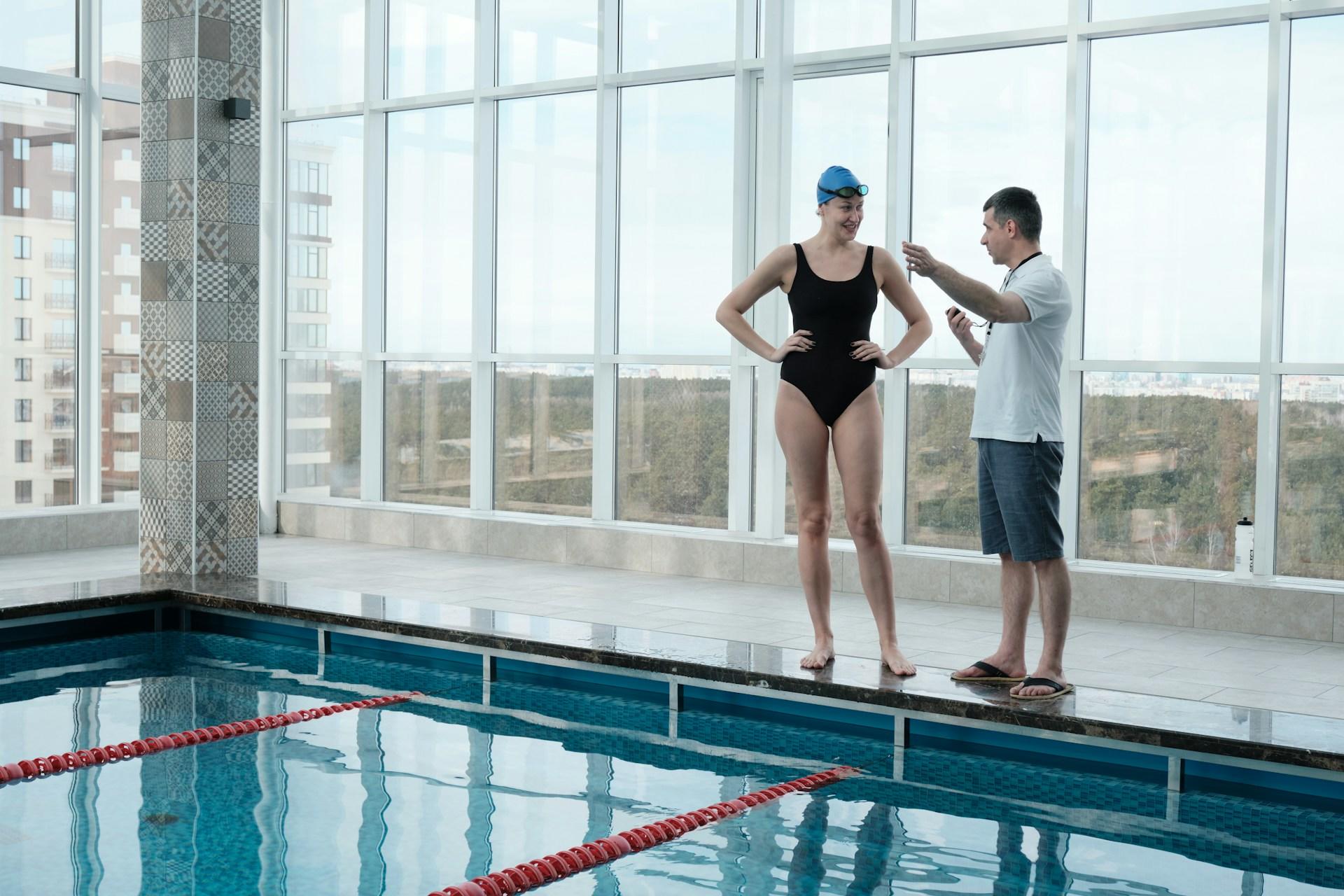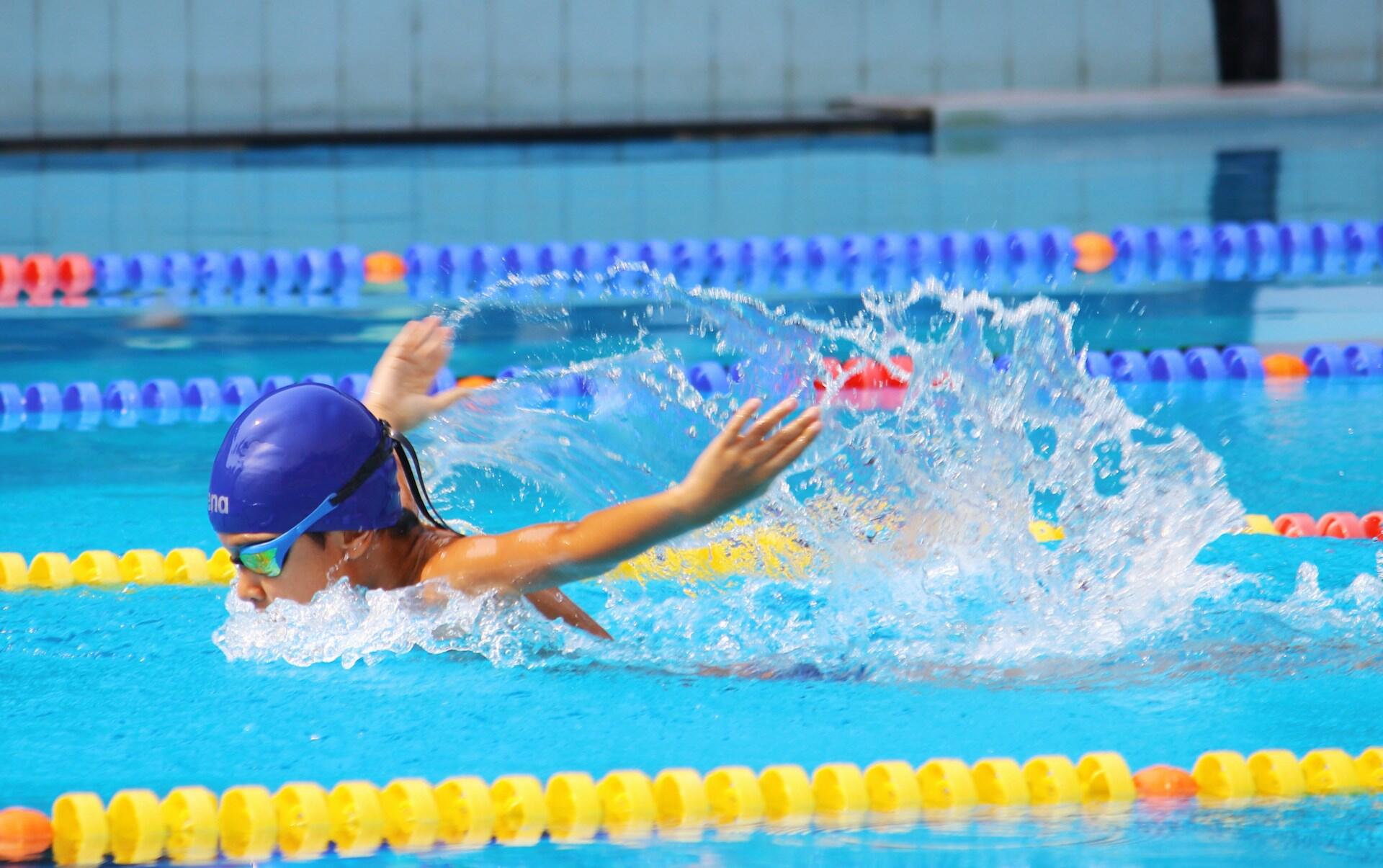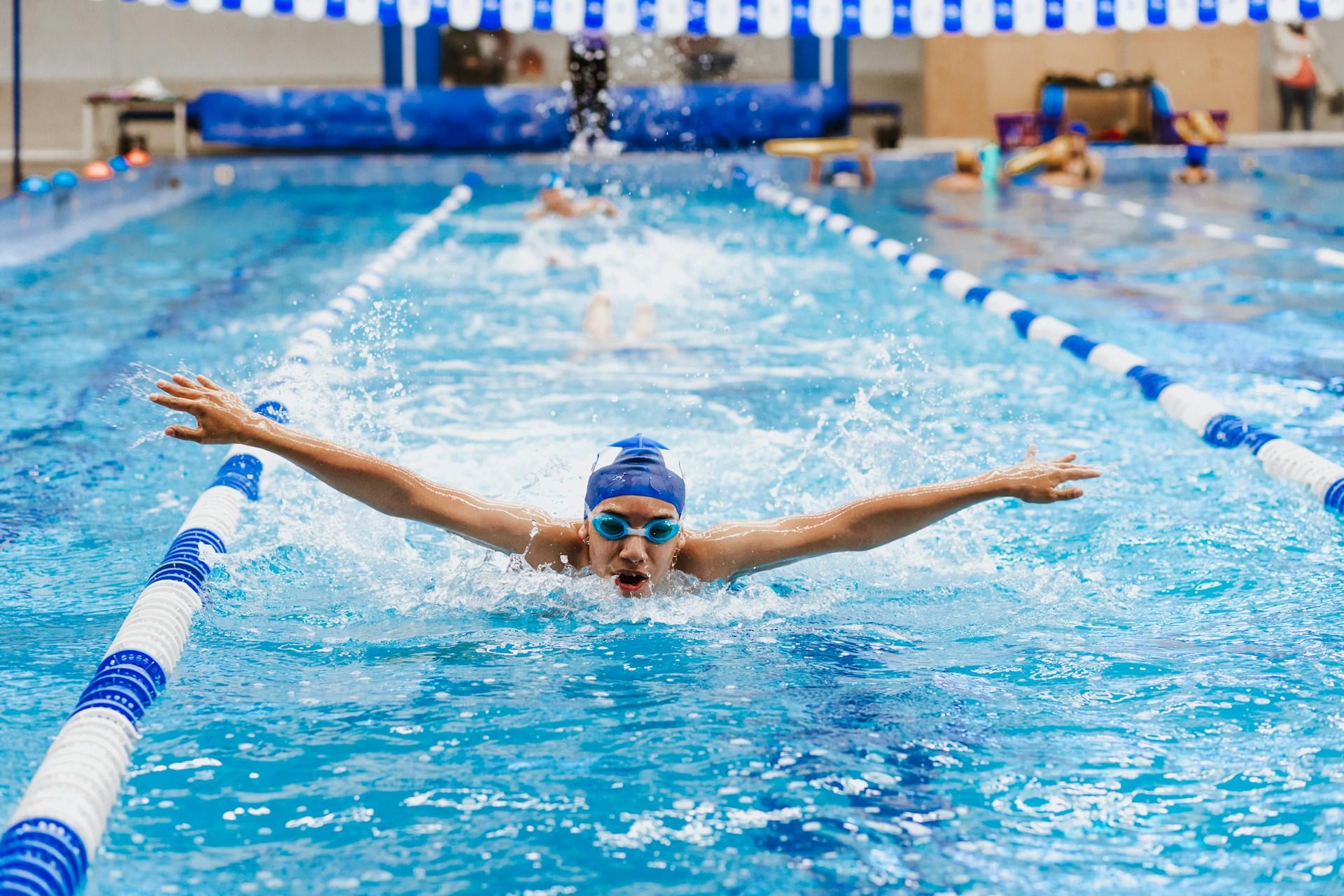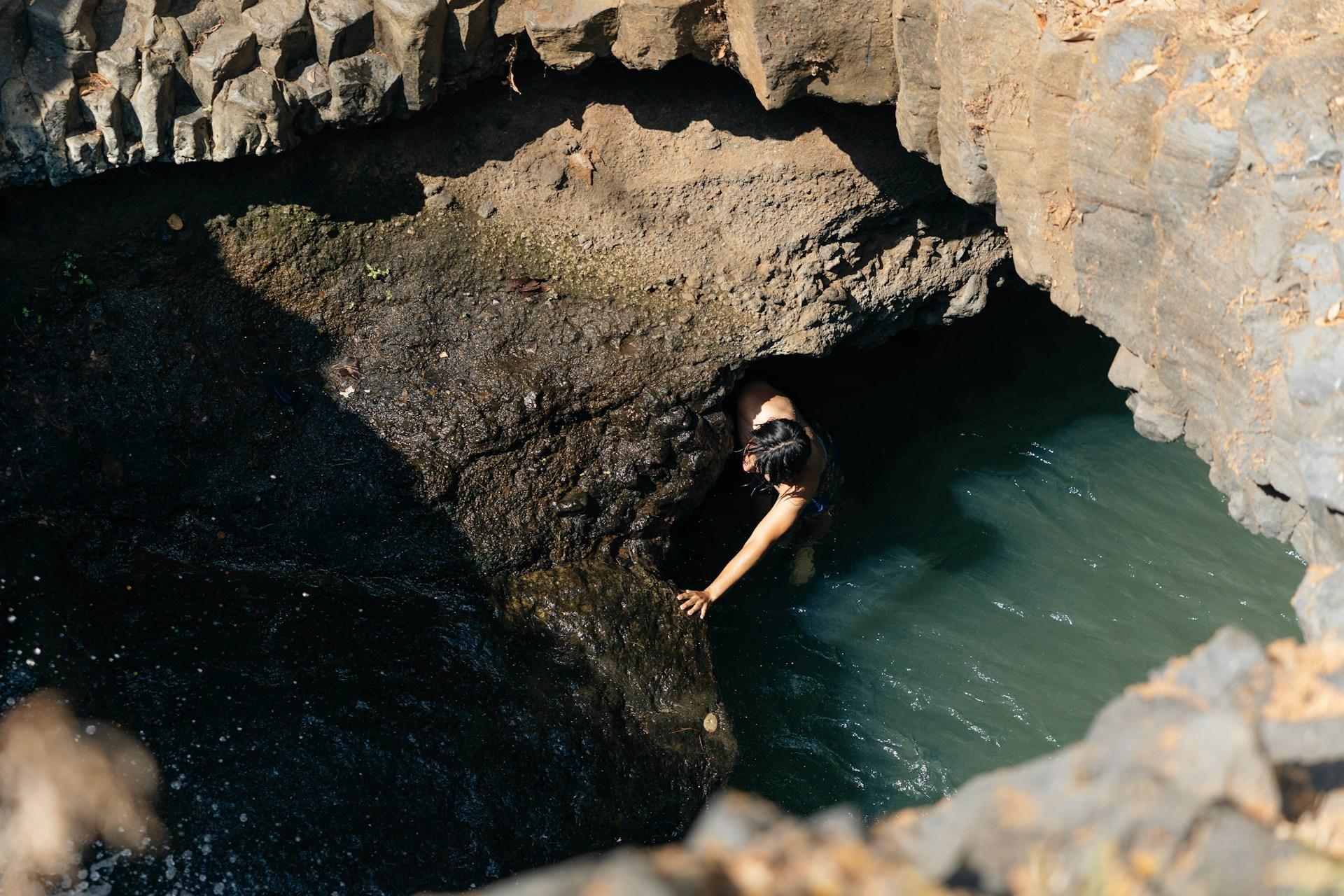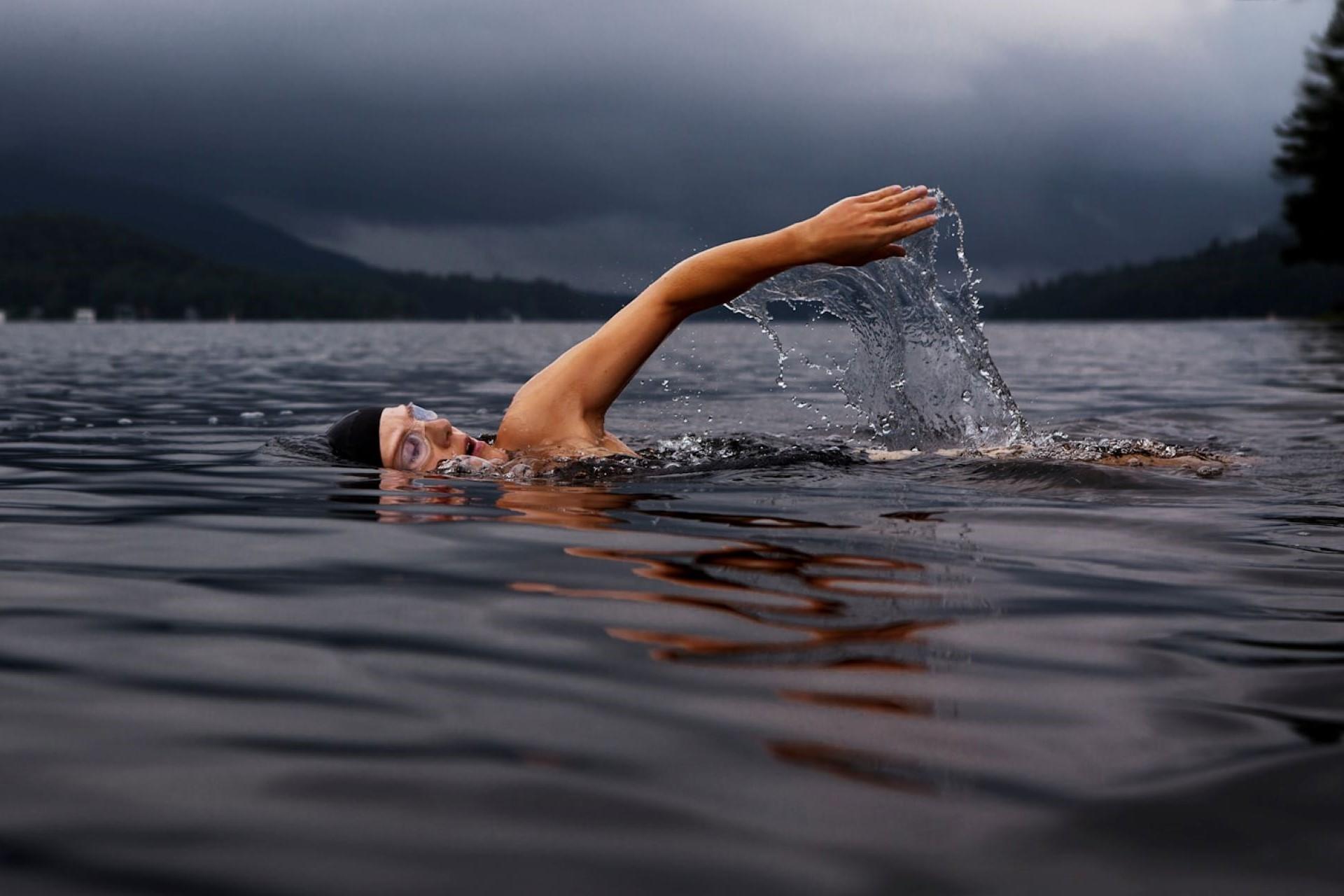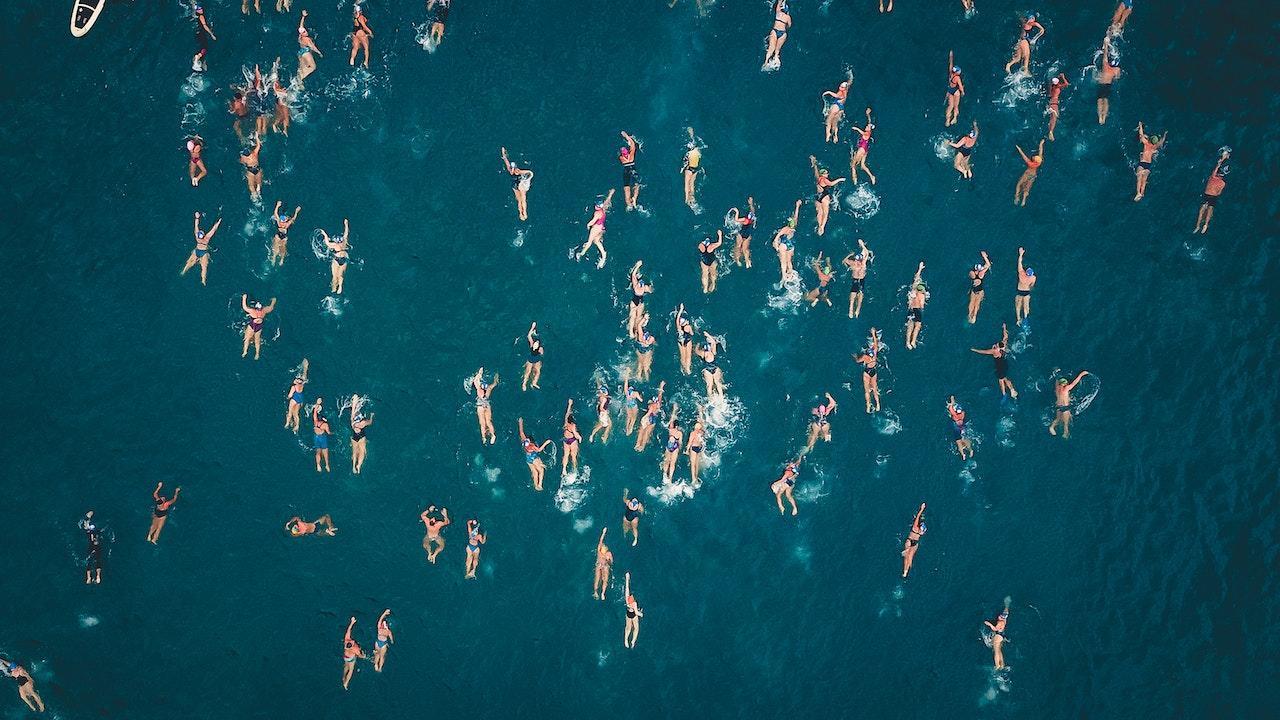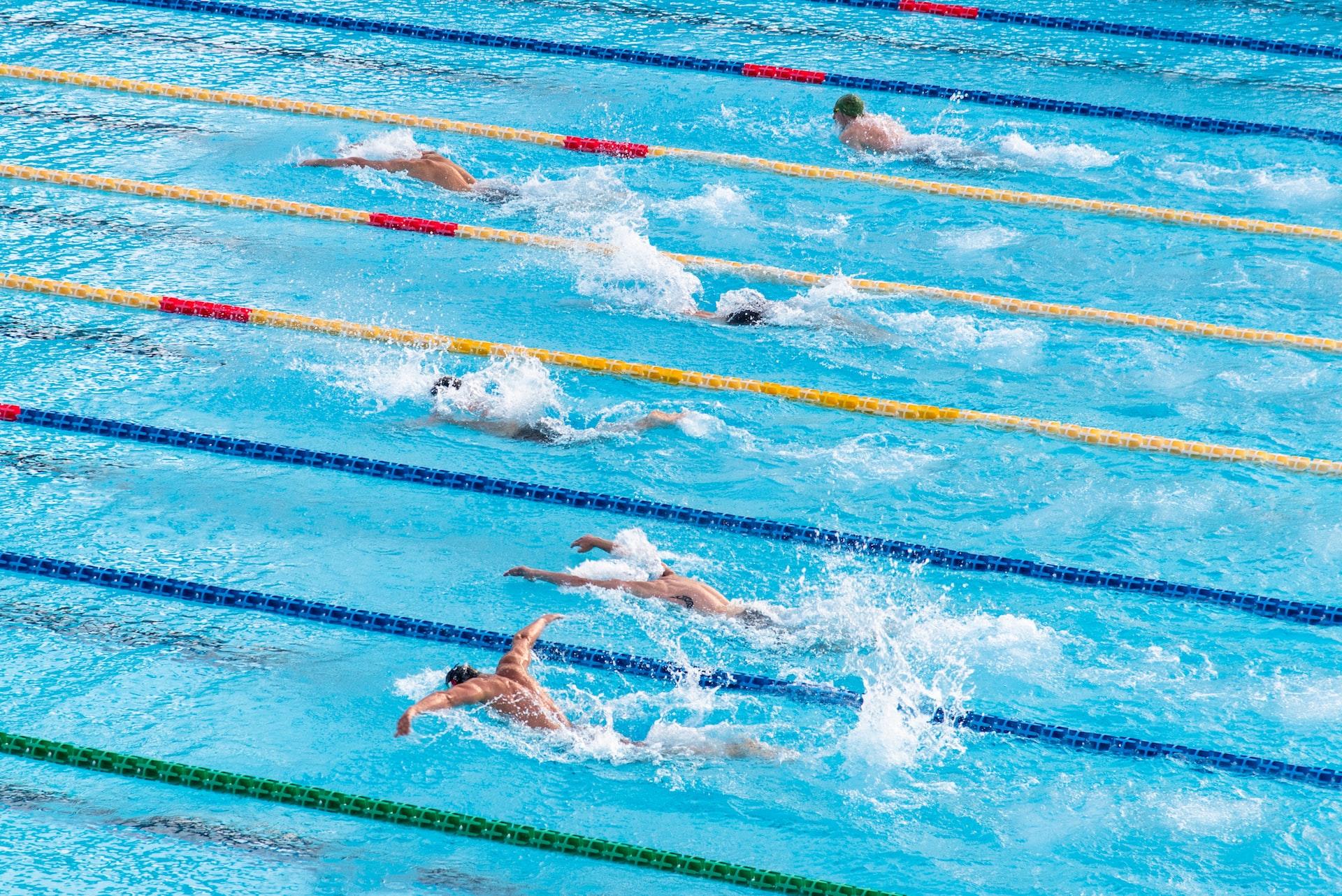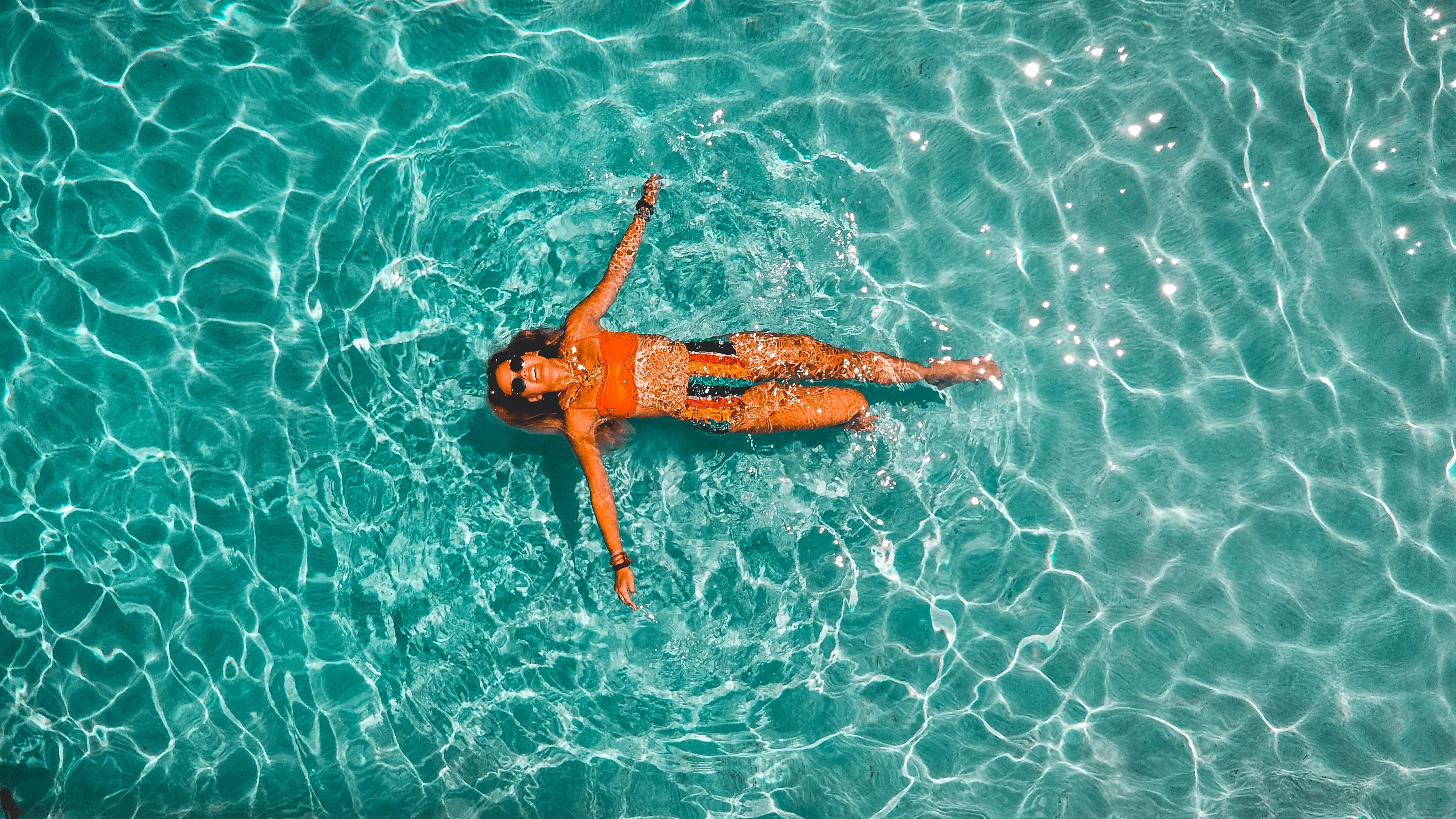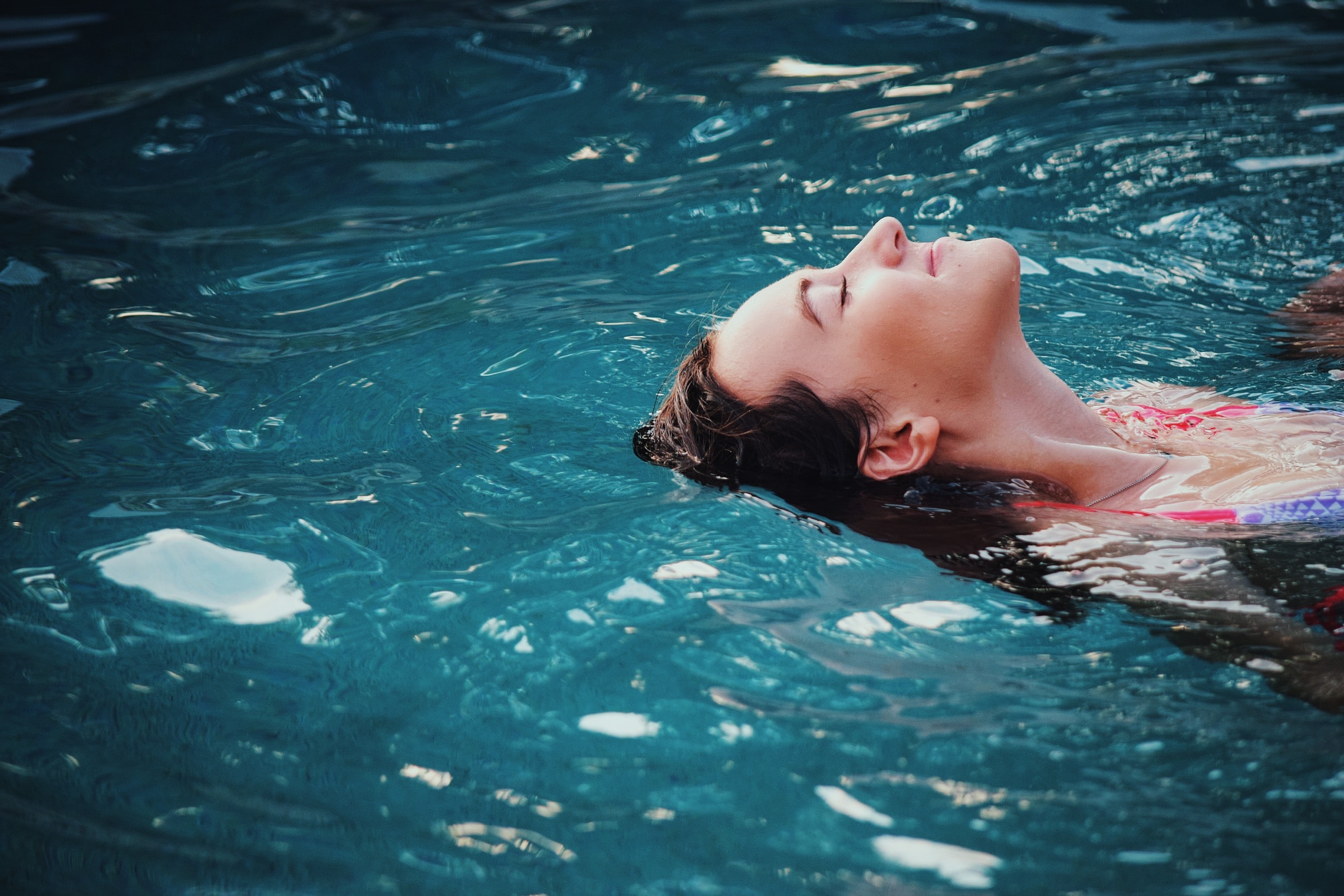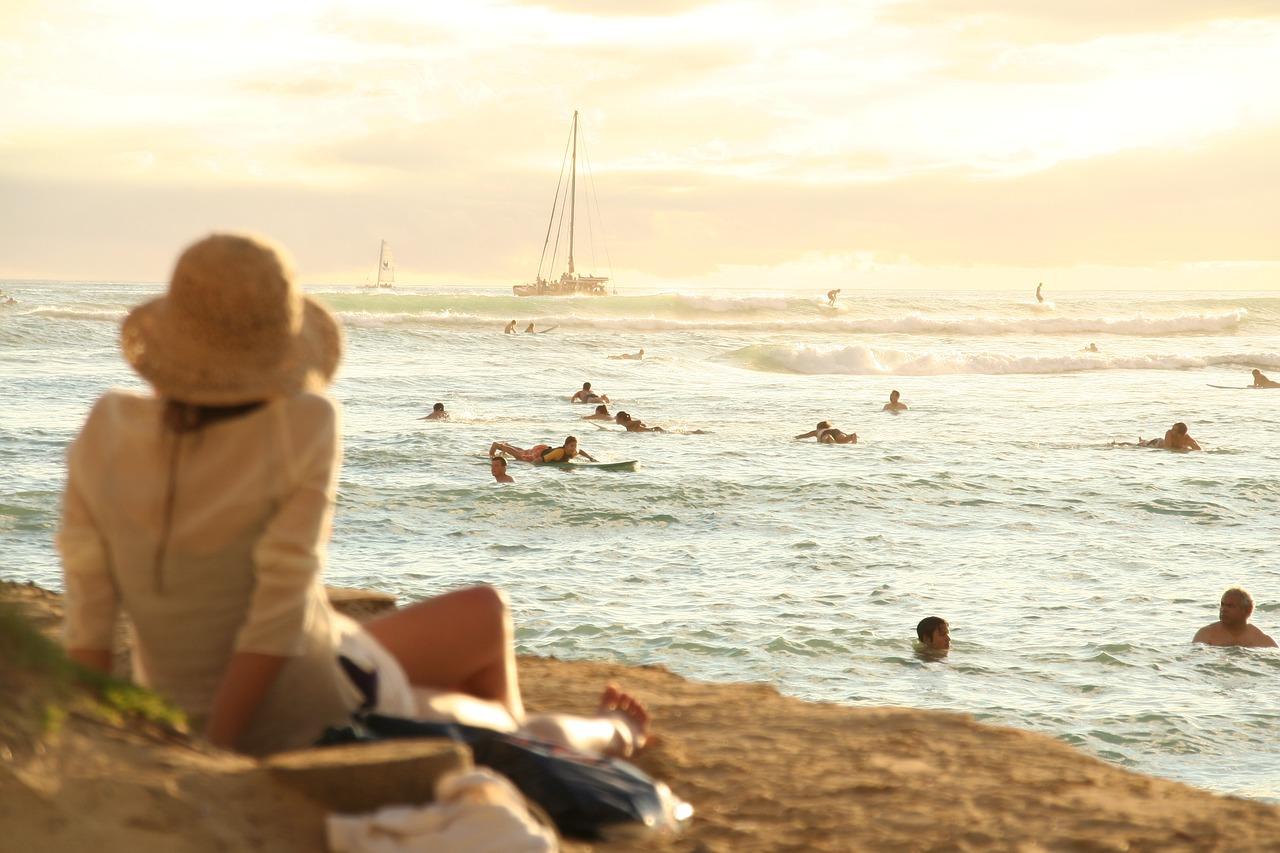Warm weather, a massive coastline, and plenty of swimming pools make Australia one of the most popular places in the world for swimming, watersports and other aquatic activities.
If you're interested in working as a swimming teacher or instructor in Australia, here's what you need to do to get started.

Get Certified via a Swimming Instructor Training Courses
Swimming instructors and teachers in Australia need to have a swimming instructor licence before they can offer lessons in a professional capacity.
Two nationally-recognised organisations offer training courses for swimming instructors as well as extension courses allowing them to specialise while also renewing their licence.
AUSTSWIM
AUSTSWIM is Australia's national organisation for teaching swimming and water safety and trains tens of thousands of candidates every year.
They offer several different courses for swimming instructors including the standard Swimming and Water Safety (TSW) that every aspiring swimming instructor should start with.
Completion of the course (and the other prerequisites) will provide you with a 3-year licence, which you can renew with extension courses in the following areas:
- Infant and Preschool Aquatics (INF)
- Aquatics – Access and Inclusion (TAI)
- Towards Competitive Strokes (TCS)
- Adults (AD)

For these courses and the licence, candidates also have other requirements to meet such as a CPR certificate and a working with children check (WCC/WWCC).
SWIM Australia
SWIM Australia is the other organisation that offers training and licencing for swimming instructors in Australia.
Many of their courses mirror those offered by AUSTSWIM with the SWIM Australia Teacher course being the first one that you'd need to do to become a swimming instructor.
After that, there are the following extension courses that offer candidates the opportunity to renew their licence and specialise:
- Swim Australia Teacher
- Teacher of Babies & Toddlers
- Foundation Coach
- Teacher of Learners with Disability
- Pool Lifeguard
- Certificate in Teaching Aquaphobics
These courses also have other requirements such as CPR and the Working with Children Check as well as on-the-job training.
Additional Qualifications and Accreditations
We've already mentioned some of the extra requirements to become a licenced swimming instructor in Australia such as a CPR Certificate or the Working with Children Check.
Here's what they are and how you can get them.
CPR Certifications
The most important of these is the CPR Certificate, which is a requirement for every course. It doesn't hurt to also get additional first aid certificates as necessary or complete the extension courses if you intend to work with specific groups, but CPR is a non-negotiable qualification.

You can get CPR Certificates from several different organisations including the Australian Red Cross, the Australian Resuscitation Council (both are sometimes referred to as ARC), the Royal Life Saving Society Australia, St John Ambulance Australia, and Workplace Health and Safety (WHS) training providers.
Some of these providers offer the nationally recognised HLTAID009 – Provide Cardiopulmonary Resuscitation (CPR) training which takes around three hours and is typically valid for a year.
Depending on your current job, you may already have a CPR certification through one of the WHS providers like Fire & Safety Australia, Safety Corp Australia, ASTRA Group Services, or another recognised provider.
Not only are CPR certificates obligatory for licenced swimming instructors, but they could literally save somebody's life!
Working with Children Check (WWC or WWCC)
The Working with Children Check is available through state governments. Not to be confused with the Nationally Coordinated Criminal History Check (which checks your criminal history), the Working with Children Check verifies your eligibility to work with children or vulnerable people.
The specific name of this can vary slightly by state, with the most notable being the “Working with Vulnerable People” registration as it's known in the Australian Capital Territory.
Find Work as a Swimming Instructor
Once you have your swimming instructor licence, it's time to find work as a swimming instructor. While you're now technically a swimming instructor, you're really only an amateur until you can find paid work as one.
Have you got what it takes to become a swim teacher? Here's a nice video explaining what it's like and how to become one.
How Much Swimming Instructors Earn
You should know that the typical swimming instructor in Australia earns around $30 an hour, but wages around $23 an hour and as high as $40 an hour are also reported depending on where you work.
Typically, swimming instructors in cities are paid more than those in rural areas, likely due to the cost of living, supply and demand, and several other factors.
That said, you don't automatically get paid more as a swimming instructor because you work in a city. Who you work for and the kind of swimming lessons you offer will also affect how much swimming instructors are paid.
an hour!
Where Swimming Instructors Work
To look for work, you need to know where swimming instructors can find employment. Swimming pools are the obvious answer to this, but there are public swimming pools, leisure centres, gyms and fitness centres, and even hotels and resorts you could consider.
Each of these places will likely have slightly different requirements for their swimming instructors.
Swimming instructors can also work for the Department of Education as part of government swimming programs and lessons.
You could also be employed by the organisation that provided you with your licence. Both SWIM Australia and AUSTSWIM have networks of swimming pools so the second you complete your course and receive your licence, it's worthwhile contacting them about work.
Working as a Private Swimming Instructor
If you prefer to work for yourself, choose your hours, and set your rates, you might be interested in working as a private swimming instructor.
To do this, you'll still need to have a swimming instructor licence, but you'll have much more freedom over how, where, and what you teach.
Armed with your instructor licence, you could create a profile page on Superprof or another private tutoring or coaching website and start advertising your services to potential students.
Find swimming lessons Canberra easily here on Superprof!

How much you earn will depend on your rates and your business skills as it'll all be up to you to find and retain students and maximise your earning potential.
Planning Swimming Lessons
Swimming lessons don't plan themselves and the key to being a good and successful swimming instructor comes down to how you teach your students.
While the licence, CPR certification, etc. are all essential, teaching good lessons makes all the difference.
Good swimming lessons are carefully planned, considering the student's age, level, fitness, and even motivation.
Make sure you know who you're teaching to swim and why before you start planning swimming lessons. If you can't get this information before their first lesson, then it's worthwhile using the first session to find this out.
Certain private swimming instructors choose to offer their first session for free for this very reason.
Lesson Objectives
Every lesson plan starts with setting objectives for your students. You need to set objectives for each lesson as well as the long-term objectives for the student.
Make sure that your objectives are SMART:
- Specific
- Measurable
- Achievable
- Relevant
- Time-bound
The students should also be aware of these objectives as it'll help them focus on the activities they do during the lesson and understand why they're doing them.
Appropriate Activities
Speaking of activities, you need to make sure that the activities each student does are appropriate for them, their age, level, fitness, and motivation.

Students won't want to feel like their time is being wasted on activities that aren't ultimately moving them towards their goals and objectives, which is why it's so important to set SMART objectives.
Safety First
You'll know how dangerous water and aquatic activities can be, which is one of the main reasons people choose to get swimming lessons.
When planning any of your swimming lessons, make sure that safety is at the forefront of everything you do and that you've done everything you can to mitigate the risks.
Create a Lesson Plan
While experienced swimming instructors won't have to write anything down, creating a document for their lesson plans can certainly help new swimming instructors.
Naturally, this won't be something you can keep right by the water (especially if it's not laminated), but you can always create a lesson plan to help you understand the lesson objectives, timing, required resources and equipment, and measure the student's progress.
You can even share the lesson plan with your students. Not only will this make you look more professional and trustworthy to students, but it'll give them a good idea of what to expect during the session and allow them to prepare for it.
Assess and Adapt
Finally, after every session, make sure you learn as much as your students. Take into account how the lesson went, how the students responded, and the progress they made.
Maintain a dialogue with your students so that you can continually improve their sessions, offering the best possible service you can.
Now it's over to you!
Find swimming classes near me on Superprof!

